Mercedes Benz 560SEC 1993
Details about this Classic Car Mercedes Benz 560SEC 1993
Nostalgia Classic Cars are proud to offer Mercedes Benz 560SEC 1993. With automatic transmission and only 44,001 km showing on speedometer.
The Mercedes-Benz W126 was a series of S-Class automobiles manufactured by Mercedes-Benz between 1979 and 1992. Premiering in September 1979 as the successor to the W116 line, the W126 was the second generation to officially bear that prestigious designation, an abbreviation for the German Sonderklasse or "special class." It introduced many Mercedes-Benz safety innovations, including the first seatbelt pretensioners.
The W126 was initially offered with straight-six, V8, and a turbocharger diesel engine for the sedan. A C126 2-door coupe versions was introduced in September 1981.
The W126's twelve-year production run between 1979 and 1991 was the longest of any S-Class generation since the first "S" designated top-class models were first built in the mid-1950s, the 300 S and 300Sc.
- Four-speed automatic transmission with a topographical sensor that monitored the vehicle's position (whether on an incline or decline) and gas pedal position. The result was an extraordinary capacity to "hold back" acceleration when coasting downhill and to maintain the S-Class' position without using the brake pedal after coming to a complete stop on a steep incline. The transmission was programmed to start in second gear so as to permit smooth, wheel spin free launches. Second gear start could be switched on and off in European models with a S/W switch to allow more performance orientated driving versus winter driving.
- The W126 carried forward the self-leveling hydropneumatic suspension of the W116 450 SEL 6.9 model. There were two versions of the self-leveling suspension for the sedan: a rear only hydraulic suspension using two nitrogen ballasts to automatically level the car, and a four-wheel hydraulic leveling system that could be set in three positions. The coupés were only available with the rear-leveling from the factory. In the US, rear-leveling was standard on both the 560 SEC and the 560 SEL, and optional on the 500 SEC and SEL. The four-wheel hydraulic leveling system was never made available for North American-market cars.
- Cruise control that used the transmission's topographical sensor to appropriately add and cut back the throttle fluidly as needed in order to maintain the desired set speed. The result was a cruise control that was free of the sudden throttle inputs and undesired downhill excess speed that plagued many contemporary cruise control systems.


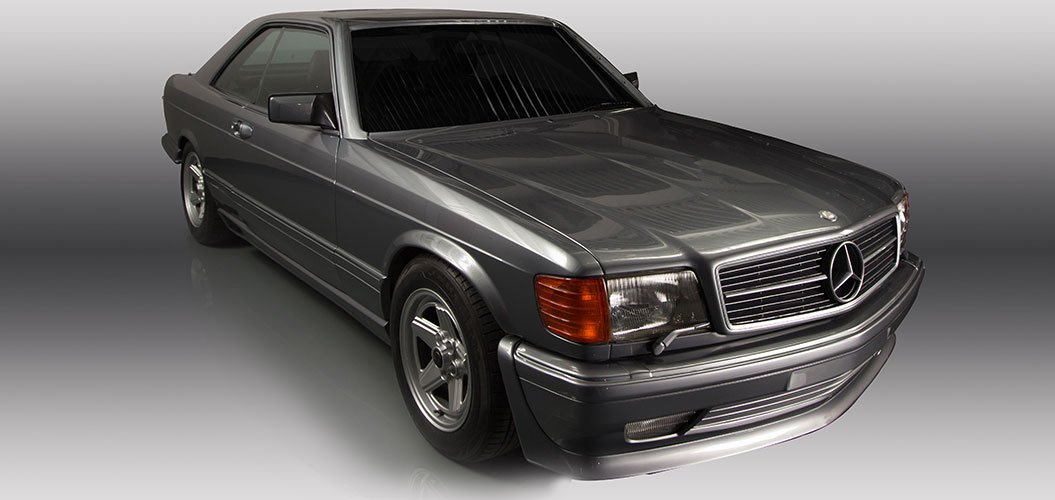
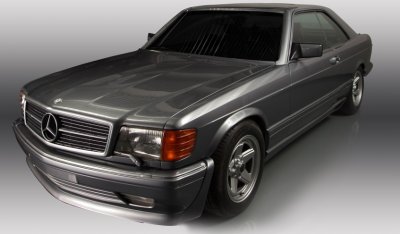 Mercedes Benz SEC560 AMG 1993 front right view
Mercedes Benz SEC560 AMG 1993 front right view
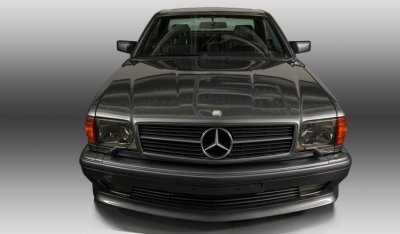 Mercedes Benz SEC560 AMG 1993 front view
Mercedes Benz SEC560 AMG 1993 front view
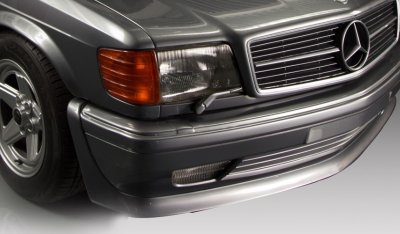 Mercedes Benz SEC560 AMG 1993 front left corner close up
Mercedes Benz SEC560 AMG 1993 front left corner close up
 Mercedes emblem of the Mercedes Benz SEC560 AMG 1993
Mercedes emblem of the Mercedes Benz SEC560 AMG 1993
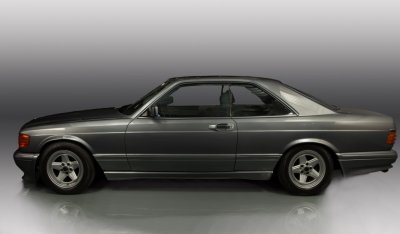 Mercedes Benz SEC560 AMG 1993 side view - driver's side
Mercedes Benz SEC560 AMG 1993 side view - driver's side
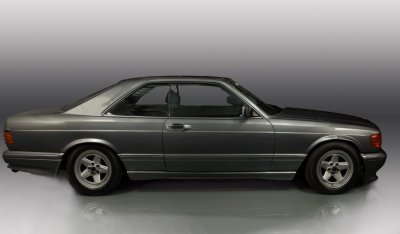 Mercedes Benz SEC560 AMG 1993 side view - passenger's side
Mercedes Benz SEC560 AMG 1993 side view - passenger's side
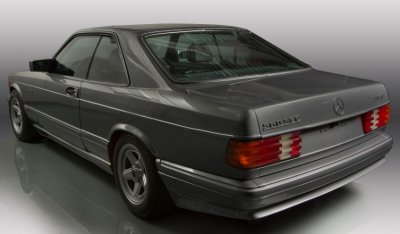 Mercedes Benz SEC560 AMG 1993 rear left view
Mercedes Benz SEC560 AMG 1993 rear left view
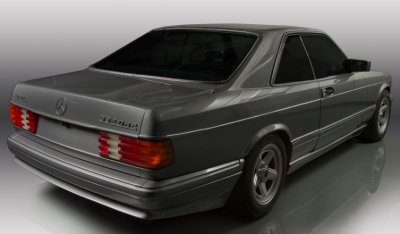 Mercedes Benz SEC560 AMG 1993 rear right view
Mercedes Benz SEC560 AMG 1993 rear right view
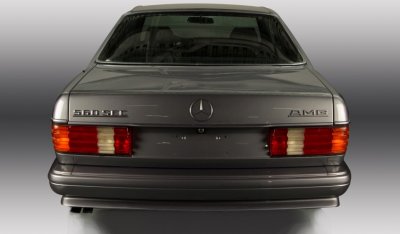 Mercedes Benz SEC560 AMG 1993 rear view
Mercedes Benz SEC560 AMG 1993 rear view
 Mercedes Benz SEC560 AMG 1993 interior - view from passenger's side
Mercedes Benz SEC560 AMG 1993 interior - view from passenger's side
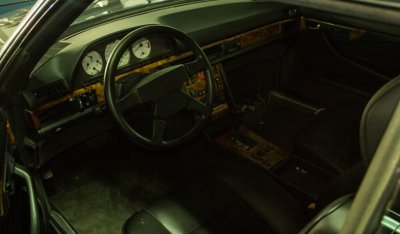 Mercedes Benz SEC560 AMG 1993 interior - driver's side
Mercedes Benz SEC560 AMG 1993 interior - driver's side
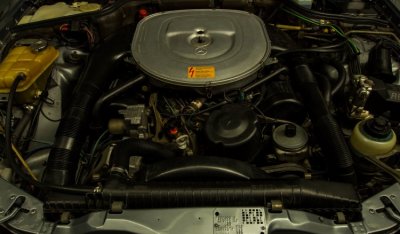 Mercedes Benz SEC560 AMG 1993 engine
Mercedes Benz SEC560 AMG 1993 engine
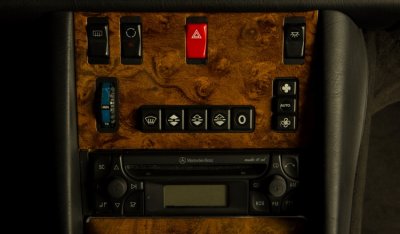 Mercedes Benz SEC560 AMG 1993 control buttons
Mercedes Benz SEC560 AMG 1993 control buttons
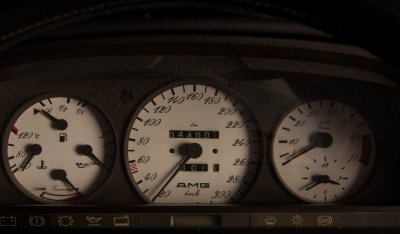 Mercedes Benz SEC560 AMG 1993 gauges
Mercedes Benz SEC560 AMG 1993 gauges
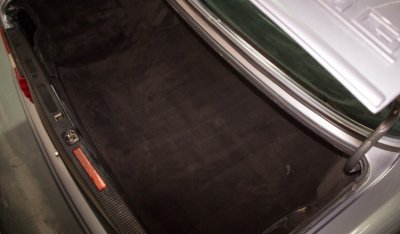 Mercedes Benz SEC560 AMG 1993 trunk
Mercedes Benz SEC560 AMG 1993 trunk
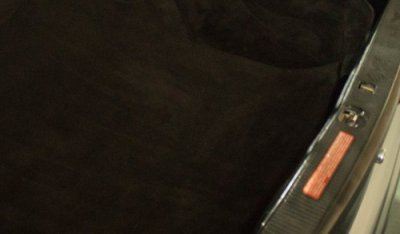 Mercedes Benz SEC560 AMG 1993 trunk
Mercedes Benz SEC560 AMG 1993 trunk
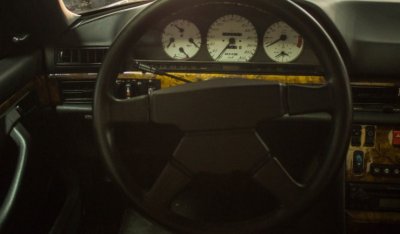 Mercedes Benz SEC560 AMG 1993 steering wheel
Mercedes Benz SEC560 AMG 1993 steering wheel